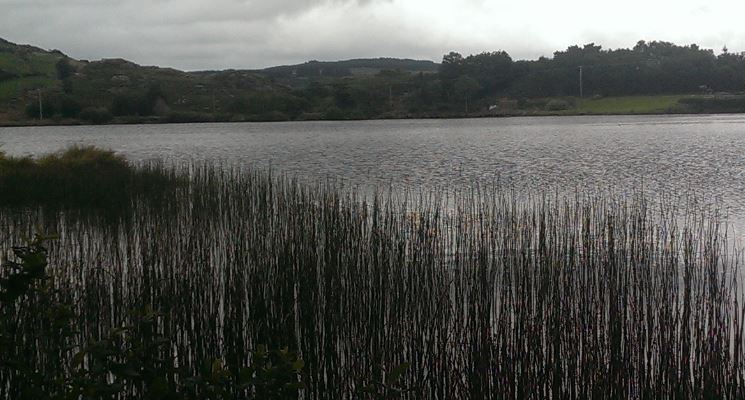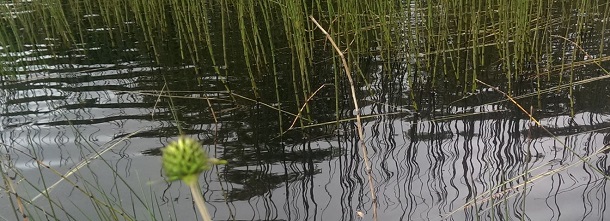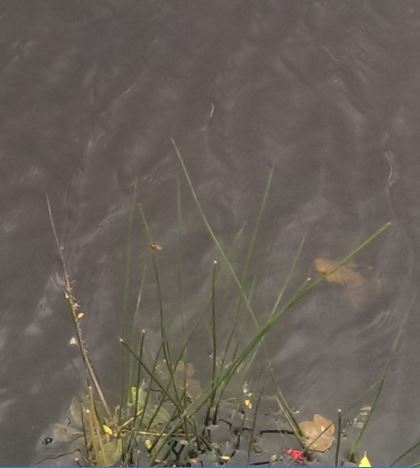Taoist Inner Alchemy
The process of Taoist Inner Alchemy is described comprehensively in the book Foundations of Internal Alchemy – The Taoist Practice of Neidan by Wang Mu, translated and edited by Fabrizio Pregadio, and published by the Golden Elixir Press

The following is an overview of the process.
The Four Stages
Laying the foundations involves replenishing Essence, Breath, and Spirit within the body. In this stage one attends to the opening, to the eight extraordinary vessels:- the control vessel, the function vessel, the thoroughfare vessel and the girdle vessel, the yin and yang heel vessels, and the yin and yang linking vessels, to circulation through the three yang barriers and through the three yin fields, and to the practises of refining and harmonizing.
The first stage after laying the foundations is Refining Essence to transmute it into Breath. In this stage, Essence, Breath, and Spirit coagulate together and coalesce to form a Breath that is the refined product of Essence and Breath. This Breath is called the Great Medicine. In the work of compounding the Great Medicine the external medicine moves in the path of the river chariot from the stove up the control vessel to the tripod, and down the function vessel returning to the stove, where the refined external medicine is collected. This is a continuous cyclical process referred to as the fire times. In each cycle some Breath is refined from the circulation of external medicine and is collected. The accumulation of collected Breath must be sealed and at the conclusion of this stage the firing of the process of transmutation is no longer needed and it is allowed to become extinguished. At the conclusion of this stage Essence has become part of Breath, and the three has been resolved to two.

The second stage after laying the foundations is Refining Breath to transmute it into Spirit. In this stage the Breath which is the Great Medicine coagulates with Spirit, and they form a Spirit made of the union of the Three Origins. This is the stage of Compounding the Elixir, and the Great Medicine incubates to give birth to the Embryo of Sainthood, also called the Infant. This is the birthing of the Golden Elixir. The Golden Elixir is cultivated through Bathing at the Four Cardinal Points and through refining in the Yellow Court. This is the process of the Greater Celestial Circuit. The time of refining the Golden Elixir, when the Great Medicine coalesces with Spirit, is called the True Zi Hour. In this stage youwei gives way to wuwei and at the conclusion of this stage Essence, Breath, and Spirit have become one in the Golden Elixir and the Two has been resolved to One.
The final stage after laying the foundations is Refining Spirit to return to Emptiness. Through dwelling in the Golden Elixir it becomes possible to recognise that all is Tao, ultimately empty and non-existent reality. This is the highest state.
The four stages represent interdependencies in the sense that the second stage is enabled when the first is accomplished, and so on. Wang Mu says about the stage of laying the foundations, “When Essence is full, one does not think of desires; when Breath is full, one does not think of food; when Spirit is full, one does not think of sleep.” (See downloadable PDF page 65)
Fabrizio Pregadio has written The Way of the Golden Elixir – An Introduction to Taoist Alchemy, and this book is available to download here.
This book introduces the reader to significant understandings necessary for an introduction to Taoist inner alchemy.
The cosmogony of creation is the notion of how manifest creation is generated out of nothing and the journey of inversion of the cosmogonic process concerns the cultivation of the golden elixir, the ingredient of consciousness that is realized on completion of the alchemical journey. These are spoken about on pages 53 and 54 of The Way of the Golden Elixir.

Essence, breath, and spirit are the three treasures of human consciousness and it is these that are refined in the process of inversion leading to the realization of the golden elixir. These are spoken about on pages 60 through 62 of The Way of the Golden Elixir.
Xing and Ming are the aspects of form and consciousness of the incarnate human being, and the interrelationship of xing and ming represent the living context of the human developmental journey. These are spoken about on pages 54 and 55 of The Way of the Golden Elixir.
There are two phases in the developmental journey. The initial phase requires a single minded commitment of intentionality. The capacity in this phase is called Inferior Virtue and the characteristic of consciousness associated with this phase is called youwei. The later phase requires relaxation and surrender, allowing development to unfold spontaneously, and the capacity in this phase is called Superior Virtue. The characteristic of consciousness associated with this phase is called wuwei. Inferior Virtue, Superior Virtue, youwei and wuwei, are spoken about on pages 21 and 22 of The Way of the Golden Elixir.
We each enter the developmental journey with a distortion of the relationship between our form and our consciousness, between ming and xing. For those whose connection to ming is weak they need to begin with the external medicine, with the cultivation of resilient ming. For those whose connection to xing is weak they need to begin with the internal medicine, with the cultivation of resilient xing. Pages 57 through 59 of The Way of the Golden Elixir speak about Internal Medicine and External Medicine and how they relate to Xing and Ming, and to Superior Virtue and Inferior Virtue.
There are two polarities of reality in the Taoist perspective. Precelestial reality is reality prior to incarnate experience and postcelestial reality is reality in incarnate experience. Precelestial and postcelestial reality are spoken about here.
The Golden Elixir is the ingredient of consciousness that is realized on completion of the alchemical journey. It is spoken about on page 52 The Way of the Golden Elixir.
The website of the Golden Elixir Press contains a wealth of material that further illuminates the process of Taoist Inner Alchemy. There are a significant number of short quotations from the Taosit Alchemy literature here, a series of essays here, and a number of accounts of different masters and texts on Taoist Alchemy here.
Isabelle Robinet says, in her essay on Taoist Alchemical Language, "Just like one should go beyond the phenomenal appearance of things, so it is necessary to surpass the letter of the texts and of their codes, pondering at the same time the inexhaustible meaning that they contain. When the alchemists say that all of their language consists only of metaphors, this means that they disguise the Truth, that they do not speak it because this is something that cannot be done. It also means that what they speak about differs from the meaning of the words that they use, because this is, paradoxically, the most correct way of conveying what is impossible to say. Their language functions by means of a distantiation that is continuously reminded: the finger is not the moon, the net is not the prey. Only the allusive mode that they systematically use can account for the double character of existence — which is and at the same time is not, which acquires fullness by being traversed by Emptiness but cannot be apprehended in itself, and of which one can only grasp the appearance and the trace."
The jouney of Taoist Alchemy is one of discovering truth that is hidden behind or inside what is explicit.